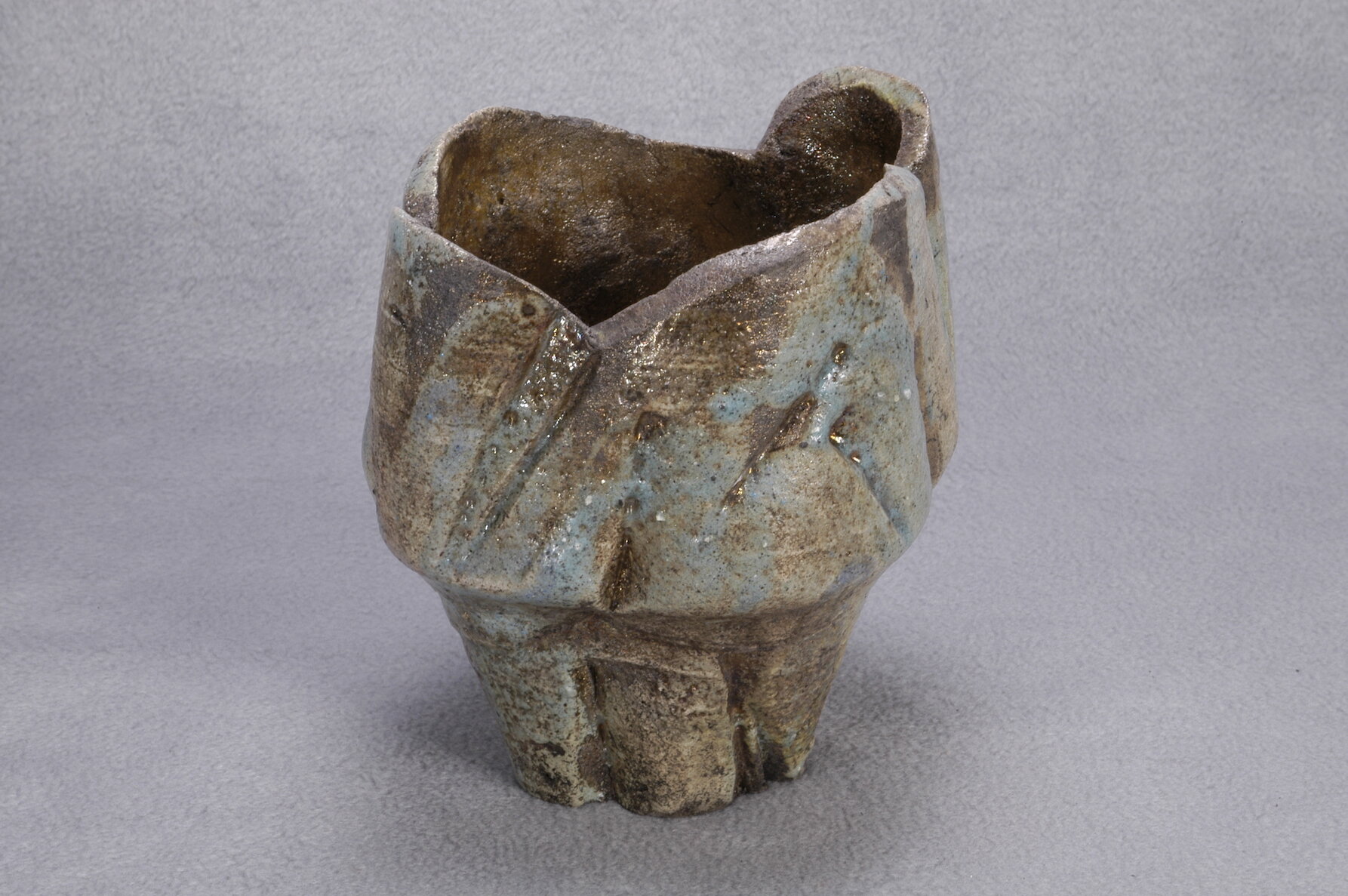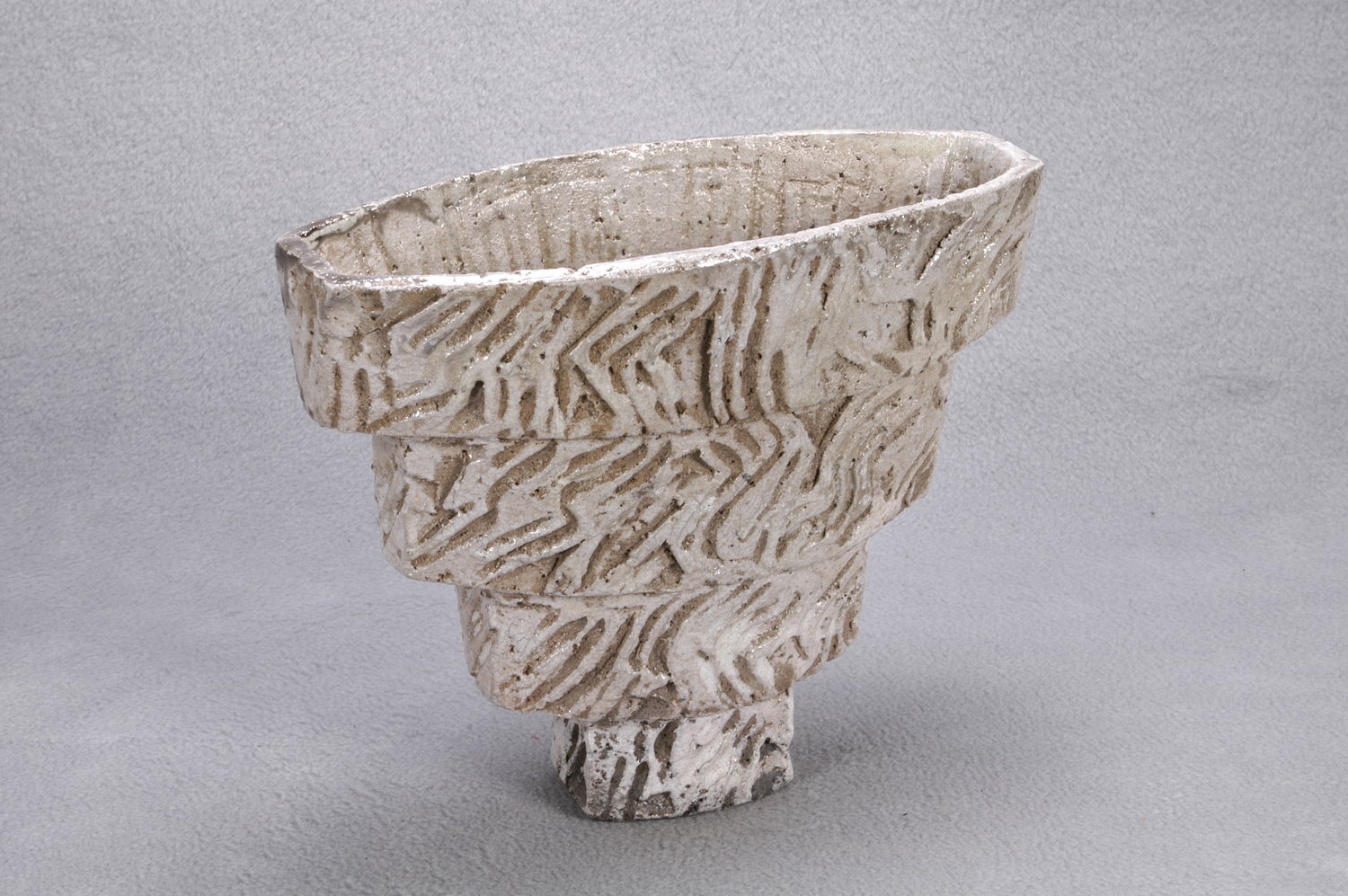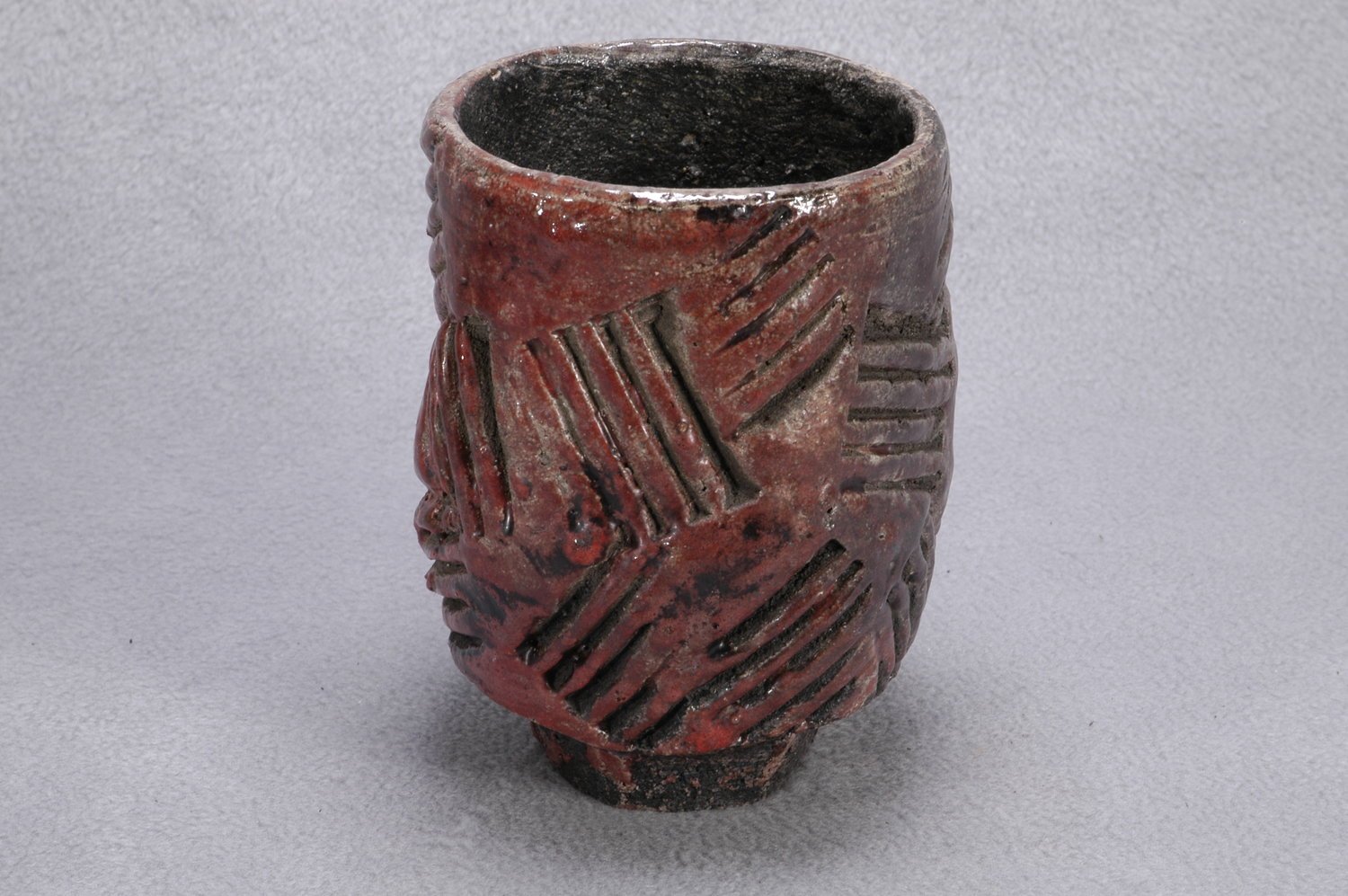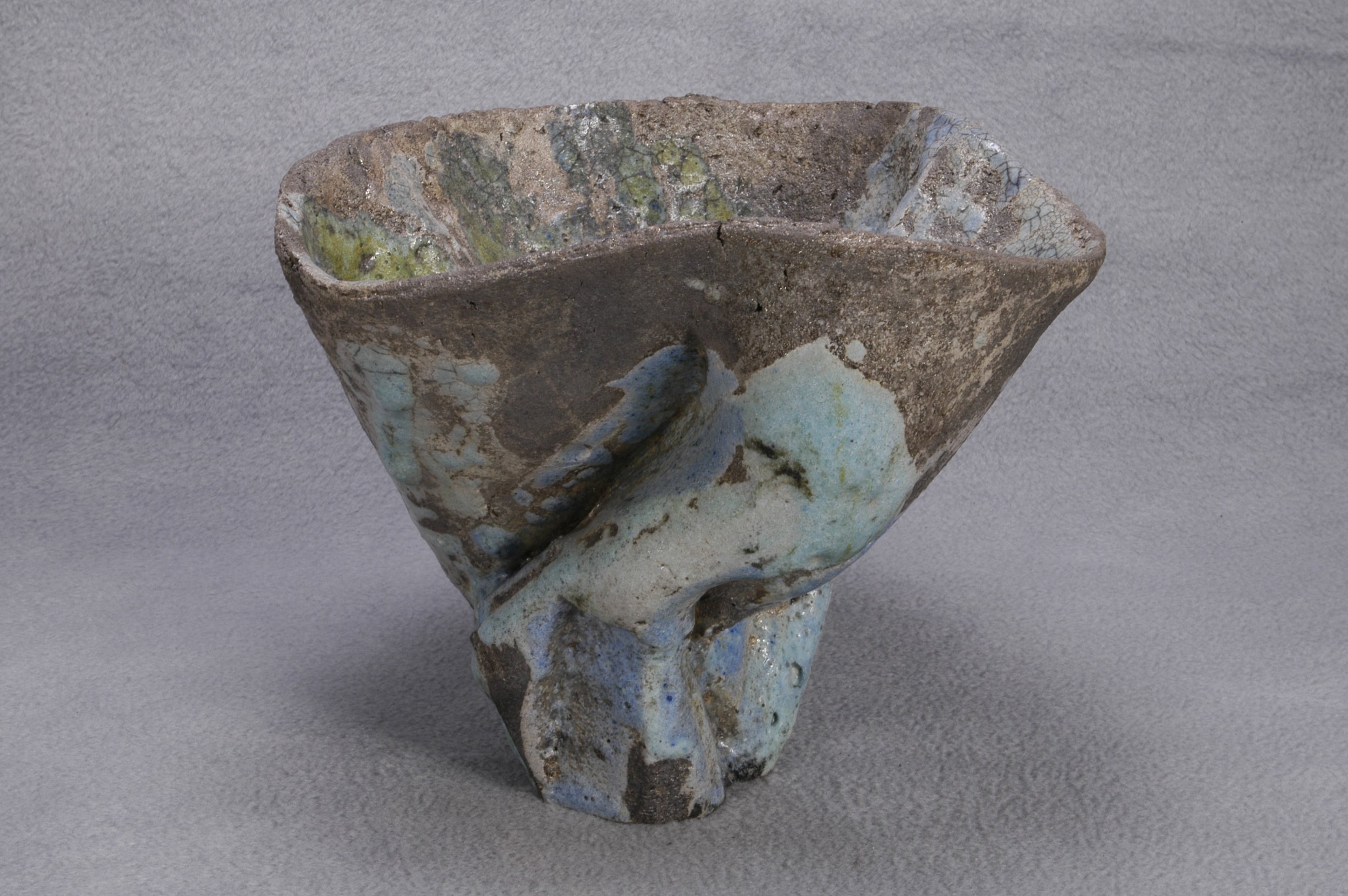SELECTED exhibitions:
‘SMALL HOURS’, ALICE BLACK GALLERY, LONDON, UK, 2023
‘SEVEN’, ALICE BLACK GALLERY, LONDON, UK, 2022
‘fire & frosT’, ALICE BLACK GALLERY, LONDON, UK, 2021
‘hawks in her hair’, ALICE BLACK GALLERY, LONDON, UK, 2021
‘in the manner of smoke’, ALICE BLACK GALLERY, LONDON, UK, 2018
‘becoming & dissolving’, ALICE BLACK GALLERY, LONDON, UK, 2017
Dante Elsner (1920 - 1997) was born in Kraków, Poland and died in London. Elsner’s practice combined Raku pottery, painting and drawing. Elsner studied painting and printmaking at the Jan Matejko Academy of Fine Arts, Kraków, Poland (1948). His work belongs in the permanent collection of the Ashmolean Museum, Oxford, UK.
Elsner’s life as an artist in many ways represents a series of personal responses to the upheavals of his time. In 1942, at the age of 22, he survived the rounding up of Polish Jews that led to the deaths of the rest of his family. In 1944, at the liberation of Poland by the Soviet Army, he entered art school in Kraków – a moment when the young were committed to making up for the lost years of their early youth. However, feeling at odds with the totalitarian compulsions of the new communist government in Poland in 1948, as a promising artist, he was allowed to go to Paris to further his art education. In Paris he pursued the life of the artist in the garret, with very limited means, often painting on his own vests, while immersing himself in the European artistic tradition. Finding meaning in his daily observation of great works at the major Parisian museums, in moments of despair, including an occasion where the losses he suffered in the war turned him to thoughts of suicide, he found healing in the experience of art.
In 1958 Elsner moved to London and in reaction to the materialism of post-war Western Europe, became influenced by the teachings of the Russian mystic George Gurdjieff (which he came across in Paris in the early 50’s), aspects of Sufism (through the works of French spiritual writers like René Guenon), esoteric Christianity and mystical Judaism, the Indian teacher Krishnamurti and Buddhism (especially Japanese Zen). From these he developed a distinctive and personal practice involving meditation that preceded his daily move either to painting or to making pottery.
In both his painting and his pottery, Elsner prized above all the qualities of spontaneity and honesty in relation to form, line and colour. In his pottery, he was inspired by the Raku technique that had been developed to make the tea bowls used in the Japanese tea ceremony. Raku allows the artist to fire a pot individually, withdrawing it from the kiln at 1000 degrees centigrade to control the chemical reactions that affect the glaze. Elsner’s practice may be seen to unite aesthetic traditions of East & West. He forms part of the turn of British ceramics in the wake of Bernard Leach’s (1887-1979) friendship with Shoji Hamada (1894-1978), while also pursuing a more modernist European line in his experimentation with form and colour – that might be more closely related to the work of such emigré potters as Lucy Rie (1902-1995) and Hans Coper (1920-1981).



















